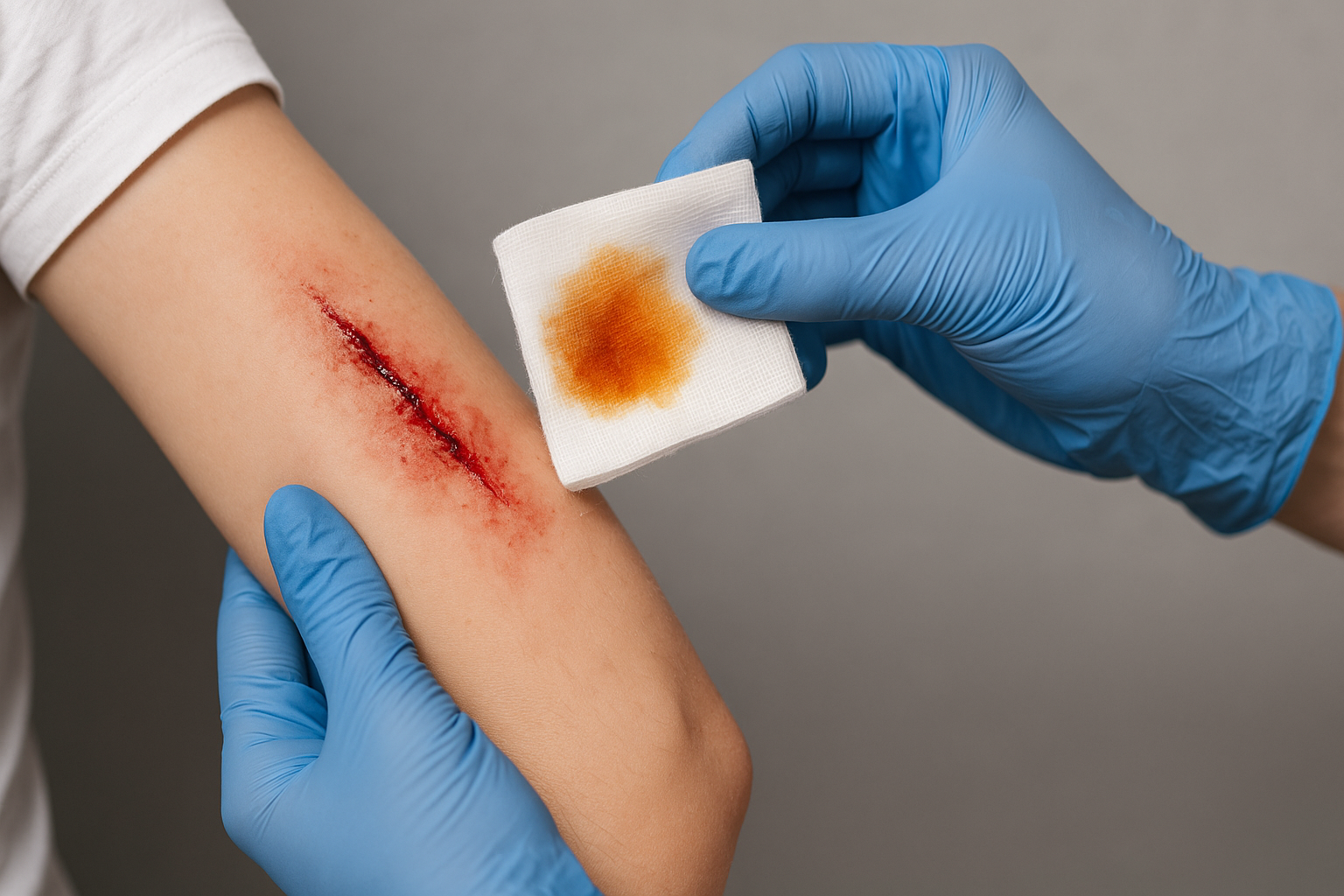
Some wounds require more than traditional dressings to heal effectively. For complex, deep, or slow-healing wounds, Negative Pressure Wound Therapy—commonly known as NPWT or wound vac therapy—offers a more advanced solution. By applying controlled suction to the wound bed through a sealed dressing, NPWT helps remove fluids, reduce swelling, stimulate tissue growth, and draw wound edges together. It essentially creates an environment where healing can happen faster and more efficiently.
We bring this hospital-level therapy directly to the patient’s home or care setting, making it more comfortable and accessible. With expert handling of the equipment and careful monitoring of the wound site, we ensure the therapy is both safe and effective.
Types of Wounds Treated with NPWT
This therapy is typically reserved for wounds that are difficult to heal or require additional support to progress.
- Surgical Wounds with Dehiscence: Incisions that have partially or fully reopened post-surgery.
- Pressure Ulcers: Especially Stage 3 or 4 ulcers that extend into deep tissue.
- Diabetic Foot Ulcers: Chronic wounds with high risk of infection or amputation.
- Traumatic Wounds: Deep lacerations, crush injuries, or wounds with exposed structures.
- Infected or Draining Wounds: Particularly those producing significant fluid or at risk of abscess formation.
- Grafts and Flaps: NPWT can help stabilize skin grafts and promote integration.
Treatment Strategies
The key to NPWT success lies in proper application, equipment maintenance, and ongoing clinical oversight.
- Wound Bed Preparation: Before starting therapy, we ensure the wound is clean, free of necrotic tissue, and appropriate for suction therapy.
- Sealed Dressing Application: A specialized foam or gauze dressing is cut to fit the wound and sealed with a transparent film. Tubing is then connected to a portable vacuum pump.
- Controlled Suction Settings: The pump is programmed to deliver continuous or intermittent negative pressure, based on wound type and patient tolerance.
- Fluid Management: NPWT actively removes exudate, reducing infection risk and keeping the wound environment balanced.
- Regular Dressing Changes: Dressings are typically changed every 48–72 hours, depending on wound condition and fluid output.
- Monitoring for Complications: We watch for signs of bleeding, infection, or equipment malfunction and adjust the plan as needed.
- Patient Education: We teach patients how to move, sleep, and live safely with the device, while reducing disruptions to their daily life.
Negative Pressure Wound Therapy is one of the most transformative tools in modern wound care. It can make a significant difference in healing time, reduce the need for surgery, and improve outcomes in even the most difficult cases. We ensure that each patient receives this advanced care with precision, compassion, and continuous support.
Start Your Healing Journey Today
Early intervention is crucial for managing all wound effectively. Contact Us to schedule an in-home consultation and receive expert care tailored to your needs.


